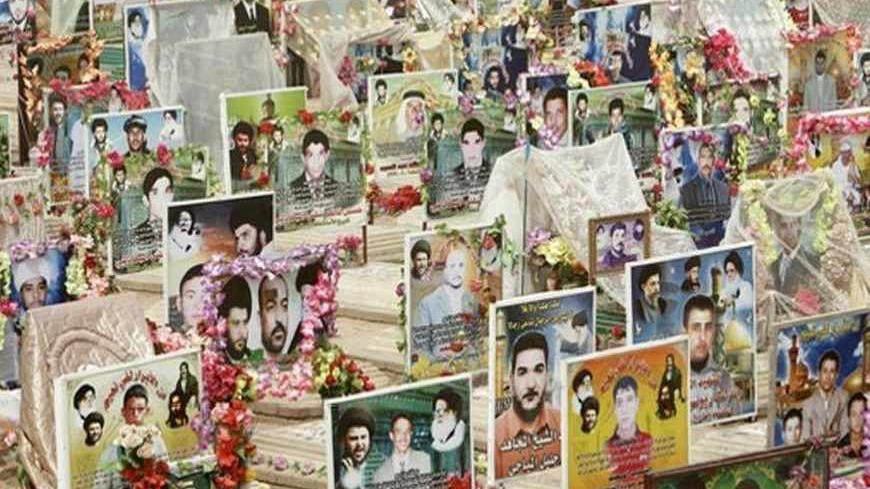Despite the long history of Shiite clerics attempting to influence politics in their communities, it is only in the past few decades that Shiites have witnessed clerics leading militias. The Iranian Fada’iyan-e Islam movement can be considered the first. This movement was led by a young cleric named Navab Safavi, and it targeted intellectual, religious and political figures who opposed its views. One of the movement's most well-known victims was Ahmad Kasravi, an Iranian historian and linguist. Following the Iranian revolution, Safavi was transformed into a symbolic hero, leading many Shiite revolutionary groups to emulate him. Furthermore, the jihadist Muslim Brotherhood movements had a general influence on revolutionary Shiite parties.
The Islamic Dawa party is the first example of an Iraqi Shiite party that has ties with Shiite religious figures. The party engaged in military actions against the former regime, which sometimes resulted in civilian deaths. In 2003, the Mahdi Army was established. This militia was led by Muqtada al-Sadr and became the first Shiite militia in Iraq directly led by a cleric. The Mahdi Army did not receive any support or acceptance from officials in the Shiite seminaries, and even faced criticism from Shiite authorities in Najaf. This was mentioned in a book titled "The Medical Therapeutic Journey of Sayyed al-Sistani and the Najaf Crisis," written by Sistani's official spokesman, Hamid al-Khafaf.



